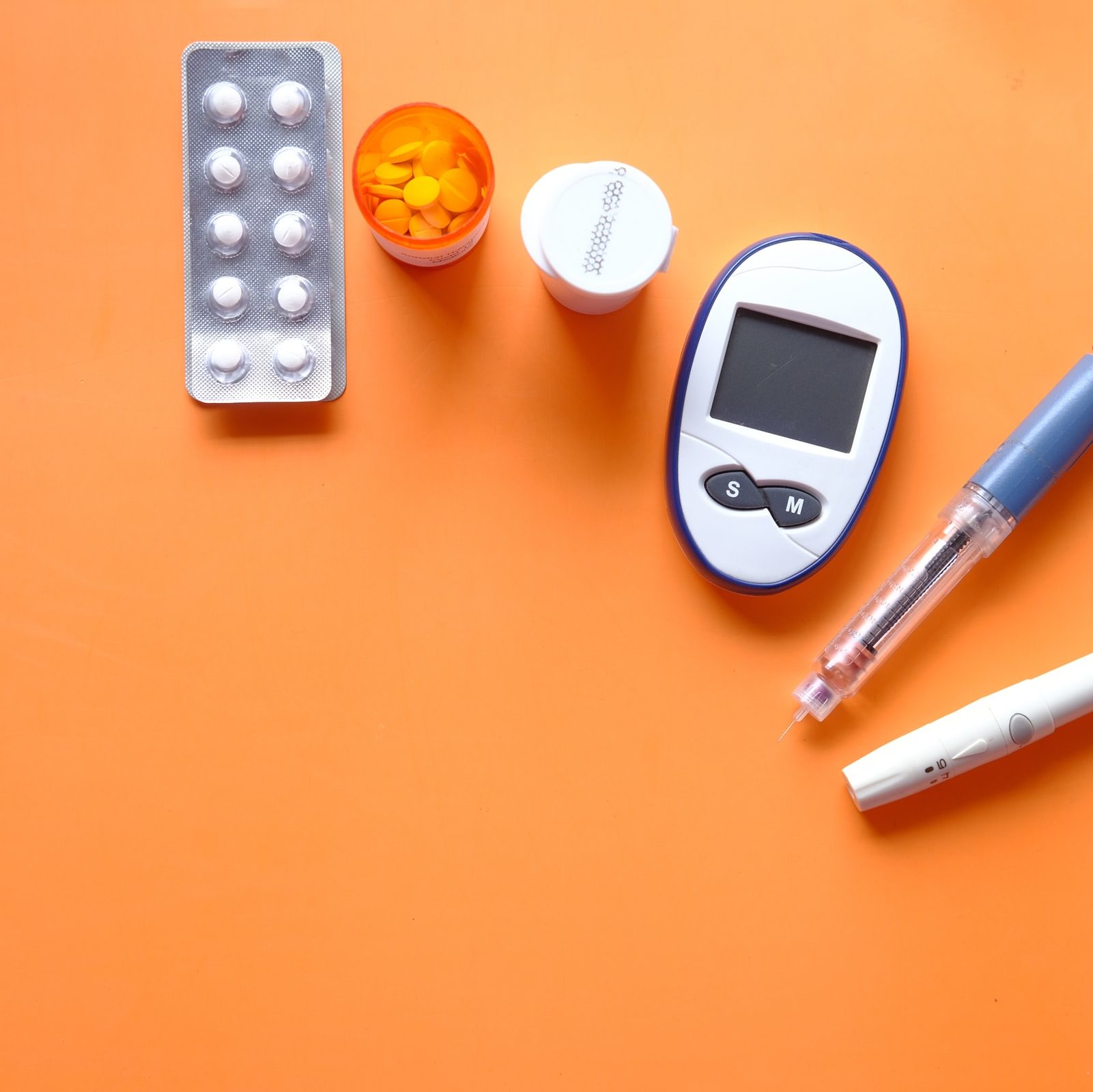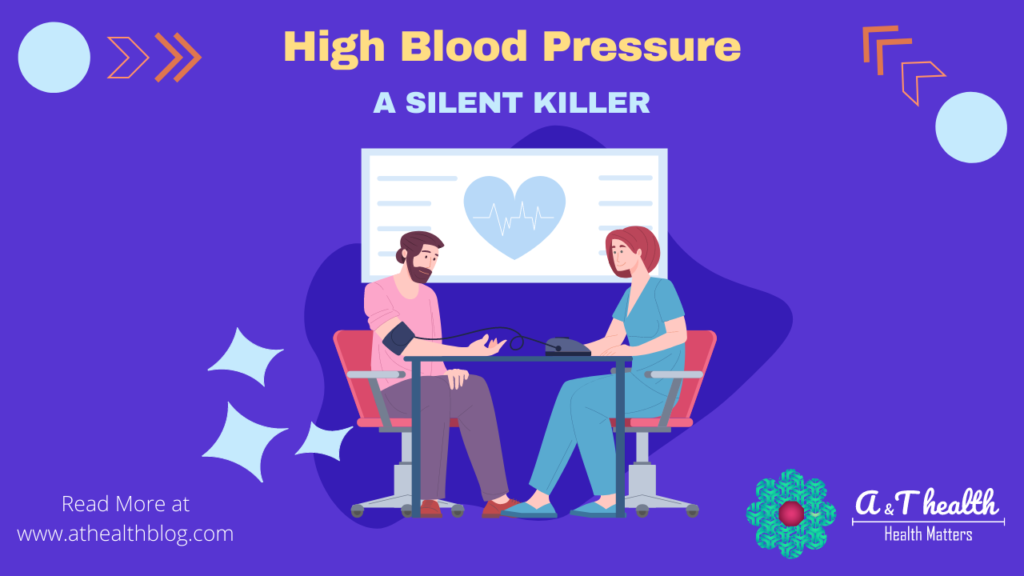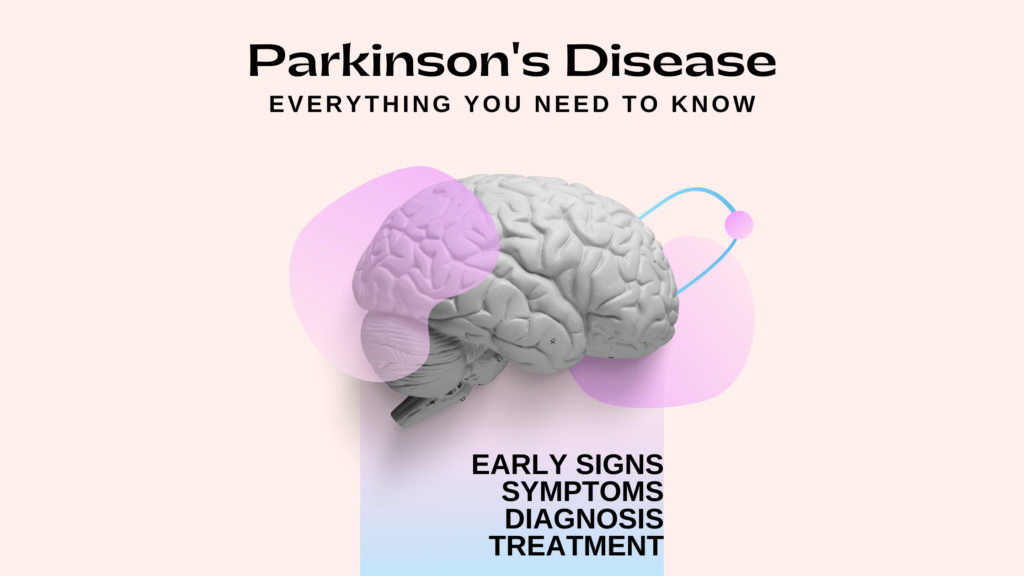
Diabetes mellitus or diabetes (commonly called) is a group of metabolic disorders with high blood sugar levels over an extended period. Frequent urination, increased thirst, and increased appetite (polyphagia) are signs of elevated blood sugar.
Diabetes, if not untreated, may lead to several other problems. Diabetic ketoacidosis and non-ketotic hyperosmolar coma are two acute consequences that can occur. Cardiovascular disease, stroke, chronic renal disease, foot ulcers, and eye damage are severe long-term complications. Diabetic retinopathy or damage to the eyes can result in blindness.
Types of Diabetes:
People with diabetes have higher than normal blood glucose levels. When someone eats, carbohydrates from food turn into glucose in our blood. Insulin helps turn that glucose into energy to be used by our bodies. Without enough insulin, or if a person’s body doesn’t respond to insulin, glucose builds up in our blood instead of going into cells where it belongs.
Generally, diabetes mellitus is now classified into four categories: type 1, type 2, and gestational diabetes.
Diabetes Mellitus or Type 1 diabetes:
It is also called insulin-dependent diabetes. It is found in all races, but most are from northern Europe and Sardinia. Its onset is mainly before the age of 30 and can occur at any stage of life. It occurs due to the degradation of pancreatic β- cells.
The pancreatic β-cells are responsible for producing insulin in our bodies. Their destruction leads to insulin deficiency, hence needing insulin administration from an external source. Type 1 diabetes mellitus can also be categorised further into:
Immune-mediated (Ia):
Immune-mediated caused due to autoimmune reaction in which there is the presence of antibodies against β-cells of the pancreas, causes their destruction. Most type 1 patients presenting acute symptoms have significant loss of β – cells & insulin therapy is started immediately to control high blood glucose levels and prevent ketosis.
Some type 1a initially retain their β-cell functionality for years & can be treated with oral hypoglycaemics before starting insulin therapy.
Idiopathic Causes (Ib):
It is a rare form of diabetes with no insulin production and autoimmune reaction. It is mainly due to hereditary causes; there is no insulin production, resulting in increased blood glucose levels. It is reported in Asian and African continents.
Type II Diabetes Mellitus:
It is a relatively common type of diabetes. It is a genetic disorder with decreased insulin sensitivity in tissues. It gradually decreases insulin production by β – cells due to their dysfunction. Both tissues increase insulin resistance in this type, and β-cell degradation is co-occurring.
Due to increased insulin resistance of tissues, more insulin is needed. To compensate for the demand for insulin, β- cells of the pancreas secrete more insulin resulting in the deterioration of β-cells by exhaustion after years of compensatory hypersecretion.
Oral antidiabetics are given to those patients who have a diagnosis of type 2 diabetes mellitus. Still, as their β- cell function deteriorates due to increased demand for insulin, patients are then shifted to insulin therapy to maintain their blood glucose levels.
Gestational Diabetes Mellitus:
Gestational Diabetes Mellitus only occurs during the pregnancy period. It is primarily observed in the last trimester of pregnancy. Increased blood glucose levels are due to the insulin resistance produced by placental hormones during pregnancy.
Other types:
As we know, diabetes can occur due to increased cellular resistance of insulin or decreased production of insulin from pancreatic β- cells. Any disease, drug, condition, or syndrome affecting this can trigger diabetes in a person.
Other reasons for diabetes include:
- Drug-induced diabetes
- Endocrine Disorders
- Pancreatic diseases
Signs & Symptoms of Diabetes:
The symptoms of type 2 diabetes can take several years to develop. As β-cells take time to deteriorate, so do the symptoms takes time to develop. Following are classic symptoms of diabetes type 2:
- Increased thirst
- Increased urination
- Increased hunger
- Rapid Weight loss (without trying)
- Non-specific symptoms include tiredness, malaise, occurrences of skin infections.
The symptoms of type 1 diabetes involve emergency conditions which are:
- Diabetic ketoacidosis
- Hyperglycemia
- Nausea
- Vomiting and abdominal cramps.
Symptoms of type 1 diabetes Mellitus may develop within weeks or months of onset.
Gestational Diabetes symptoms usually end after gestation, but individuals may develop type 2 diabetes mellitus in later life stages.
Complications:

A diabetic patient has high blood glucose levels; these prolonged elevated blood glucose levels cause multiple complications in diabetic patients. Major complications include:
- Nephropathy
- Neuropathy
- Retinopathy
- Diabetic Foot
- Congestive heart failure
- Diabetic Ketoacidosis
- Hypoglycemia
- Sexual dysfunction in men and women
- GI Manifestations in diabetes
- Infections in diabetes
Treatment:
It is challenging to cure diabetes, but it can be managed by following established guidelines:
Diet:
Managing diabetes by diet is the first step to managing type 2 diabetes mellitus. A lifestyle modification is done. Diet management of diabetes is achieved by
- Reducing the intake of saturated fats
- Reducing intake of sugars and sweeteners
- Increasing the number of dietary fibres
- Increase of carbohydrates with the low glycemic index in the diet.
The diabetic individual must have balanced carbohydrate food with a low glycemic index, cis -monounsaturated, and proteins. An intervention of a professional nutritionist is a must in tailoring the dietary plan of a diabetic patient.
Medication:

Glycemic control is a goal in the treatment and management of diabetes. In diabetic patients, insulin production decreases and a rise in insulin resistance. The medicines used to treat diabetes target these two problems.
Adequate glycemic control is necessary to avoid different chronic complications which arise due to a prolonged increase in blood glucose levels. Drug treatment should be undertaken promptly if lifestyle intervention does not achieve adequate glycemic control.
- Oral Treatment: Oral treatment involves the use of oral antidiabetics. Several types of glucose-lowering agents are available for patients with type 2 diabetes:
- Agents that increase insulin secretion (sulfonylureas, meglitinides, d-phenylalanine derivatives)
- Drugs that lower glucose levels by their actions on the liver, muscle, and adipose tissue (biguanides, thiazolidinediones)
- Drugs that principally slow the intestinal absorption of glucose (α-glucosidase inhibitors)
- Drugs that mimic incretin effect or prolong incretin action (GLP-1 receptor agonists, dipeptidyl peptidase 4 [DPP-4] inhibitors)
- Drugs that block the kidneys from reabsorbing glucose. (sodium-glucose co-transporter inhibitors [SGLTs])
- Insulin Therapy: Insulin is an anabolic hormone essential for life. When oral hypoglycemics fail to produce their effects, insulin therapy controls blood glucose levels. Because insulin is such a powerful hormone, the problem with insulin therapy is determining the right amount to lower increased blood glucose levels while avoiding hypoglycemia.
There are different types of insulin compositions available, namely
- Insulin Regular (R)
- Neutral Protamine Hagedron (NPH)
There are also six analogues of human insulin.
Three of the analogues are rapidly acting
- Insulin Lispro.
- Insulin Aspart.
- Insulin Glulisine.
Three are long-acting
- Insulin Glargine.
- Insulin Detemir.
- Insulin Degludec.
Animal preparations include
- Isophane
- Neutral
Although diabetes types 1 and 2 are different, both can damage your body’s capacity to manage blood sugar levels. While there’s no cure for either type of diabetes, each condition can be managed with medication, regular doctor visits, and exercise.
References:
- Textbook of Diabetes, 4th edition. Edited by R. Holt, C. Cockram, A. Flyvbjerg and B. Goldstein. © 2010 Blackwell Publishing.
- American Diabetes Association. (2016). Diabetes A to Z: What you need to know about diabetes–simply put.
- American Diabetes Association. (2011). American Diabetes Association Complete Guide to diabetes.








